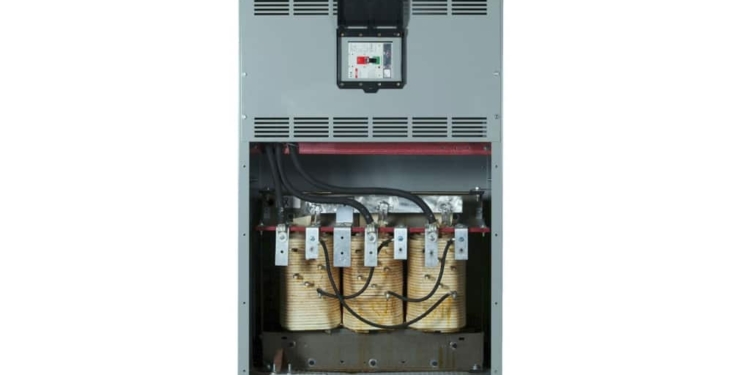source: Electronic products news
Eaton has integrated a traditionally separate molded case circuit breaker (MCCB) within the same enclosure to enhance functionality and lower installation footprint. The power management company’s Breaker Integrated Transformer (BIT) is factory-assembled and fully tested, so it reduces arc-flash hazard as well as the overall cost for electrical distribution.
It’s a low-voltage, dry-type distribution transformer that substitutes separate power distribution components in order to reduce floor-space-associated installation and labor costs. Eaton claims that having power components in a single enclosure saves approximately 50% or more wall space compared to traditional, separately installed solutions.
Eaton’s BIT integrates an MCCB on the secondary side of the transformer, and by doing so, it facilitates greater arc-flash protection to personnel operating downstream equipment. Furthermore, it’s highly configurable to specific application needs with a broad range of primary and secondary breaker choices.
According to Eaton, BIT has been developed at the company’s Transformer Flex Center by a specialized team to meet specific customer requirements. And that BIT includes all the features of Eaton’s DOE 2016 distribution transformer, including UL-verified energy efficiency.































